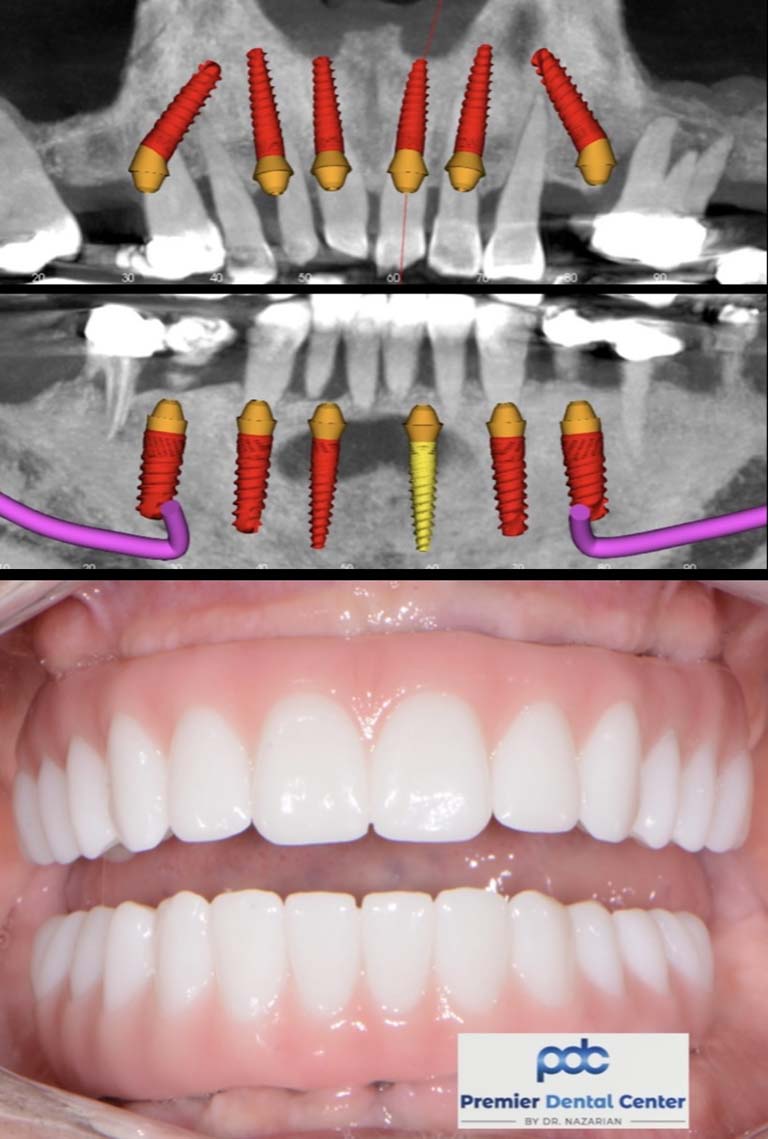What Does Dental Sense Do?
What Does Dental Sense Do?
Blog Article
More About Dental Sense
Table of Contents7 Easy Facts About Dental Sense DescribedSome Known Details About Dental Sense Dental Sense Things To Know Before You Get ThisSome Known Facts About Dental Sense.
are clinical devices operatively dental implanted right into the jaw to restore a person's ability to eat or their appearance. They give support for artificial (fake) teeth, such as crowns, bridges, or dentures. When a tooth is lost as a result of injury or illness, an individual can experience difficulties such as quick bone loss, faulty speech, or changes to eating patterns that result in discomfort.Dental dental implant systems include a dental implant body and oral implant abutment and might additionally consist of an abutment addiction screw. Wisdom tooth cavity. The oral implant body is operatively inserted in the jawbone instead of the tooth's root. The oral implant joint is generally connected to the dental implant body by the abutment fixation screw and extends via gum tissues into the mouth to sustain the connected synthetic teeth
(https://www.merchantcircle.com/dental-sense-miami-fl#tips)Structure of The Oral Implant System selecting oral implants, speak to your dental provider about the potential advantages and risks, and whether you are a prospect for the treatment. Points to take into consideration: Your overall health and wellness is an essential variable in determining whether you are a great candidate for dental implants, how much time it will certainly require to heal, and how much time the dental implant might stay in place.
Smoking might affect the healing procedure and decrease the long-term success of the implant. The healing procedure for the dental implant body might take a number of months or longer, during which time you commonly have a short-lived abutment instead of the tooth. the dental implant procedure: Thoroughly follow the dental hygiene guidelines offered to you by your oral service provider.
Fascination About Dental Sense
Implant failing can lead to the demand for an additional medical treatment to deal with or replace the dental implant system. Restores the capacity to eat Restores cosmetic appearance Helps maintain the jawbone from diminishing due to bone loss Preserves the wellness of the bordering bone and periodontals Aids keep adjacent (nearby) teeth secure Improves lifestyle Damages to surrounding all-natural teeth throughout implant placement Injury to the surrounding tissues during surgical procedure, such as sinus perforation Injury throughout surgery (as an example, fracture of surrounding jawbone) Poor function, such as feeling like the teeth do not attack with each other typically A feeling that the tooth is loosened or turning in place arising from an abutment screw loosening Implant body failing (looseness of the implant body) due to systemic infection, which may be more probable in people with unrestrained diabetes mellitus as a result of local infection in bone and periodontals sustaining the dental implant body because of postponed recovery, which may be more probable in patients that smoke Problem cleansing the periodontals around the implant, resulting in bad dental health Without treatment gum disease Post-surgical pins and needles because of nerve impingement or damage Always alert health and wellness care service providers and imaging specialists that you have oral implants before any kind of magnetic vibration imaging (MRI) or x-ray treatments.
FDA is not familiar with any kind of negative occasions reported for MRI or x-ray treatments with dental implants. Dental implants systems are commonly made of materials that comply with global agreement More hints standards of the International Company for Standardization (ISO) or ASTM International. These standards have details of what makes a secure product.

A dental implant is a structure that replaces a missing tooth. With screw-like devices, the surgeon inserts an implant right into the jawbone, and it functions as a support for an artificial tooth, called a crown. A tool called a joint attaches the fabricated tooth to the oral implant. The crown is personalized to fit the individual's mouth and match the shade of their teeth.
A Biased View of Dental Sense
Some people are not eligible for dental implant surgical treatment. It is for oral cosmetic surgeons to operate on people with: acute illnessuncontrollable metabolic diseasebone or soft tissue condition or infectionIf these concerns are fixed, a person can have the surgical treatment. In, oral cosmetic surgeons refrain from operating people with: If individuals with any of the above undergo oral implant surgical procedure, there is a greater threat of the dental implant failing.

Dental implant surgical treatment is a customized process. It's not the very same for everybody. Yet the following provides a general review of what you can anticipate your dentist, oral specialist, periodontist or prosthodontist to do: Put the implant surgically. Give you time to heal. Attach the blog post and last crown, bridge or denture.
Next off, your cosmetic surgeon will very carefully position the oral implant into your jaw. If your implant is near the front of your mouth, your dental expert will make a momentary tooth for you to use until you recover.
The Definitive Guide to Dental Sense
Your service provider can tell you what to anticipate in your situation. During the healing stage, your jawbone should fuse to the dental implant. This process, called osseointegration, is essential for stability and lasting success. This procedure can take anywhere from 3 to 9 months. In many cases, it might take longer.
When your dental implant heals, your dental practitioner can attach the abutment (tiny connector article) and your final restoration (crown, bridge or denture). This generally takes concerning one hour to complete and may require a second minor surgical procedure. You shouldn't really feel any kind of discomfort throughout your dental implant procedure due to the fact that your company will certainly utilize drug to numb your gum tissues.
Report this page